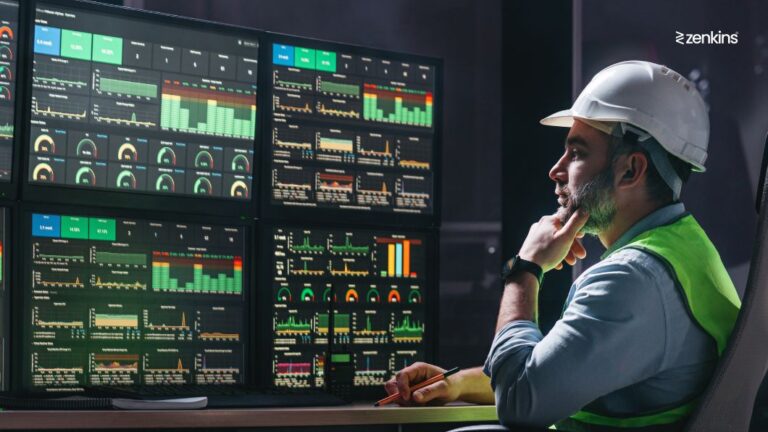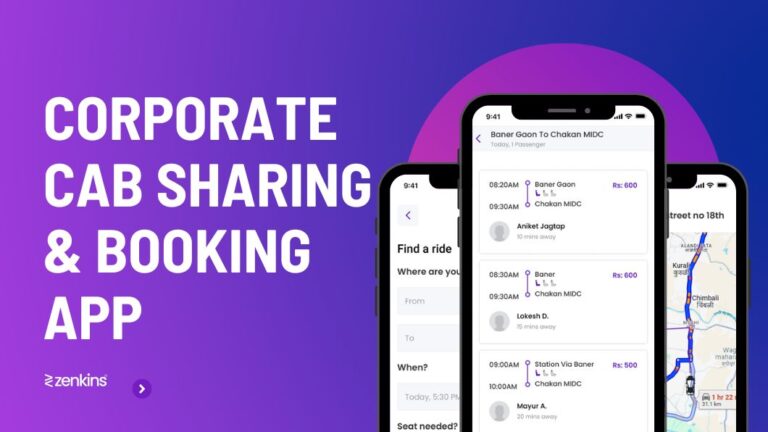Conference Room Booking System: A Case Study
Table of Contents
In today’s fast-paced business environment, effective management of conference room bookings plays a crucial role in streamlining operations and optimizing productivity. However, the traditional manual processes for reserving and managing conference rooms often lead to inefficiencies, confusion, and conflicts.
Introduction: The Need for an Efficient Conference Room Booking System
Growing Demand for Streamlined Room Booking Processes
In today’s fast-paced business world, conference rooms have become the battlegrounds for productivity and collaboration. As the demand for conference room usage continues to rise, so does the need for an efficient and streamlined booking system. Gone are the days of scribbling your name on a piece of paper taped to the conference room door. We now live in an era where technology can revolutionize the way we manage and book our meeting spaces.
Issues with Manual Room Booking Methods
Let’s face it, using outdated manual room booking methods is about as efficient as trying to herd cats. Not only do these methods require significant administrative effort, but they also suffer from a multitude of issues. Trying to keep track of room availability in real-time is like playing a never-ending game of hide-and-seek. And don’t get me started on the headaches of managing multiple bookings and resolving scheduling conflicts. It’s enough to make even the most organized individual tear their hair out.
Challenges Faced in Manual Room Booking Processes
Lack of Real-time Availability Information
One of the major challenges with manual room booking processes is the lack of real-time availability information. You may think a conference room is free, only to arrive and find it occupied by a group of colleagues engrossed in a heated planning session. The result? Wasted time, frustration, and a very unproductive start to your meeting.
Difficulty in Managing Multiple Bookings
Trying to juggle multiple bookings with a manual system is like trying to juggle flaming torches while riding a unicycle. It’s a recipe for disaster. Missed bookings, accidental double bookings, and the subsequent frantic scramble for an available room can make even the most composed person break into a cold sweat.
Inefficient Communication and Coordination
Communication breakdowns are all too common with manual room booking processes. How many times have you found yourself sending a flurry of emails, making several phone calls, and playing telephone tag just to confirm a room booking? It’s a time-consuming and inefficient process that leaves everyone involved frustrated and wishing for a simpler solution.
Implementing a Digital Conference Room Booking System
Evaluating the Business Requirements
Before diving headfirst into the world of digital conference room booking systems, it’s essential to evaluate your business requirements. Consider factors like the number of conference rooms, the size of your organization, and any specific features or integrations you may require. Taking the time to understand your unique needs will ensure you choose a system that fits like a glove.
Choosing the Right Software Solution
Once you have a clear understanding of your business requirements, it’s time to choose the right software solution. Look for a system that offers user-friendly features, seamless integrations with your existing tools, and robust reporting capabilities. Don’t be afraid to shop around and find the perfect match for your organization’s needs.
Planning and Executing the Implementation Process
Implementing a digital conference room booking system might sound daunting, but with careful planning and execution, it can be a smooth process. Create a detailed implementation plan, communicate the changes to your team, and provide ample training and support. With a well-thought-out strategy, you’ll have your new system up and running in no time.
About the Client
Our client, a large corporate office, encountered challenges in efficiently managing conference room bookings, resulting in scheduling conflicts and inefficiencies. Recognizing the need for an advanced solution, they sought a Conference Room Booking System (CRBS) based on .NET. The primary goal was to develop a comprehensive CRBS that offers a user-friendly interface, real-time availability tracking, and automated notifications to streamline the reservation process.
Project Overview
The project aimed to develop a robust .NET-based Conference Room Booking System to address the client’s challenges. The primary objectives included providing tools for a user-friendly interface, real-time availability tracking, and automated notifications to optimize the utilization of conference spaces.
The Challenges
- Scheduling Conflicts: Inefficiencies and conflicts in conference room bookings.
- Manual Reservation Process: The need for a more streamlined and automated reservation process.
- Optimizing Space Utilization: Difficulty in optimizing the usage of available conference spaces.
The Solution
Our team of experienced developers and project managers collaborated to design and implement a comprehensive .NET-based Conference Room Booking System. The solution included features for a user-friendly interface, real-time availability tracking, and automated notifications to enhance the efficiency of the reservation process and optimize the utilization of conference spaces.
Key Features of the CRBS
- User-Friendly Interface: Intuitive tools for easy navigation and reservation.
- Real-Time Availability Tracking: Seamless monitoring of conference room availability in real-time.
- Automated Notifications: Automated reminders and notifications for upcoming bookings.
- Analytics Dashboard: Insights into conference room utilization for better space management.
Technologies Utilized
Development Stack: .NET, ASP.NET MVC
Database: SQL Server
Integration: Web API, REST APIs
User Interface: Responsive design for user-friendly access across devices.
The Outcome
The Conference Room Booking System was successfully deployed, resulting in significant improvements in conference room management. The user-friendly interface, real-time availability tracking, automated notifications, and the analytics dashboard contributed to a more efficient and conflict-free conference room reservation process.
Conclusion
Our team’s expertise in developing a tailored Conference Room Booking System using .NET technologies effectively addressed the client’s challenges. The implementation of a user-friendly interface, real-time tracking tools, automated notifications, and an analytics dashboard contributed to a successful transformation of the corporate office’s conference room booking practices.
By addressing the challenges faced in room reservations, implementing a user-friendly and efficient software solution, and following best practices, organizations can optimize their conference room management processes. The case study presented here serves as a testament to the positive impact such systems can have on productivity and resource utilization. As technology continues to evolve, it is essential for businesses to stay ahead of the curve and embrace future trends in conference room booking systems to further enhance their operations. By adopting a digital approach, organizations can streamline their room booking processes, improve collaboration, and create a more productive and efficient work environment.
FAQs
1. Can a conference room booking system be integrated with existing calendar and email services?
Yes, most modern conference room booking systems offer integration capabilities with popular calendar and email services such as Microsoft Outlook, Google Calendar, and Office 365. This integration allows for seamless synchronization of room availability and booking information, making it convenient for users to schedule meetings and receive notifications.
2. How can a conference room booking system improve resource utilization?
A conference room booking system provides real-time information on room availability, which enables organizations to make optimal use of their resources. By avoiding double bookings and efficiently managing room reservations, businesses can maximize the utilization of conference rooms, thereby eliminating wasted time and resources.
3. What are some best practices for managing and optimizing room bookings?
To effectively manage and optimize room bookings, it is important to establish clear booking policies and procedures. Regularly updating and maintaining room information, training users on system usage, and implementing a centralized room booking process are also recommended. Additionally, leveraging reporting and analytics features offered by the booking system can provide valuable insights for identifying patterns, improving efficiency, and making data-driven decisions.
4. How can the conference room booking system benefit remote or distributed teams?
A digital conference room booking system offers remote or distributed teams the convenience of booking conference rooms regardless of their location. With real-time availability updates and remote access to the booking system, team members can easily reserve meeting spaces, ensuring efficient collaboration and effective communication even when working from different locations.




